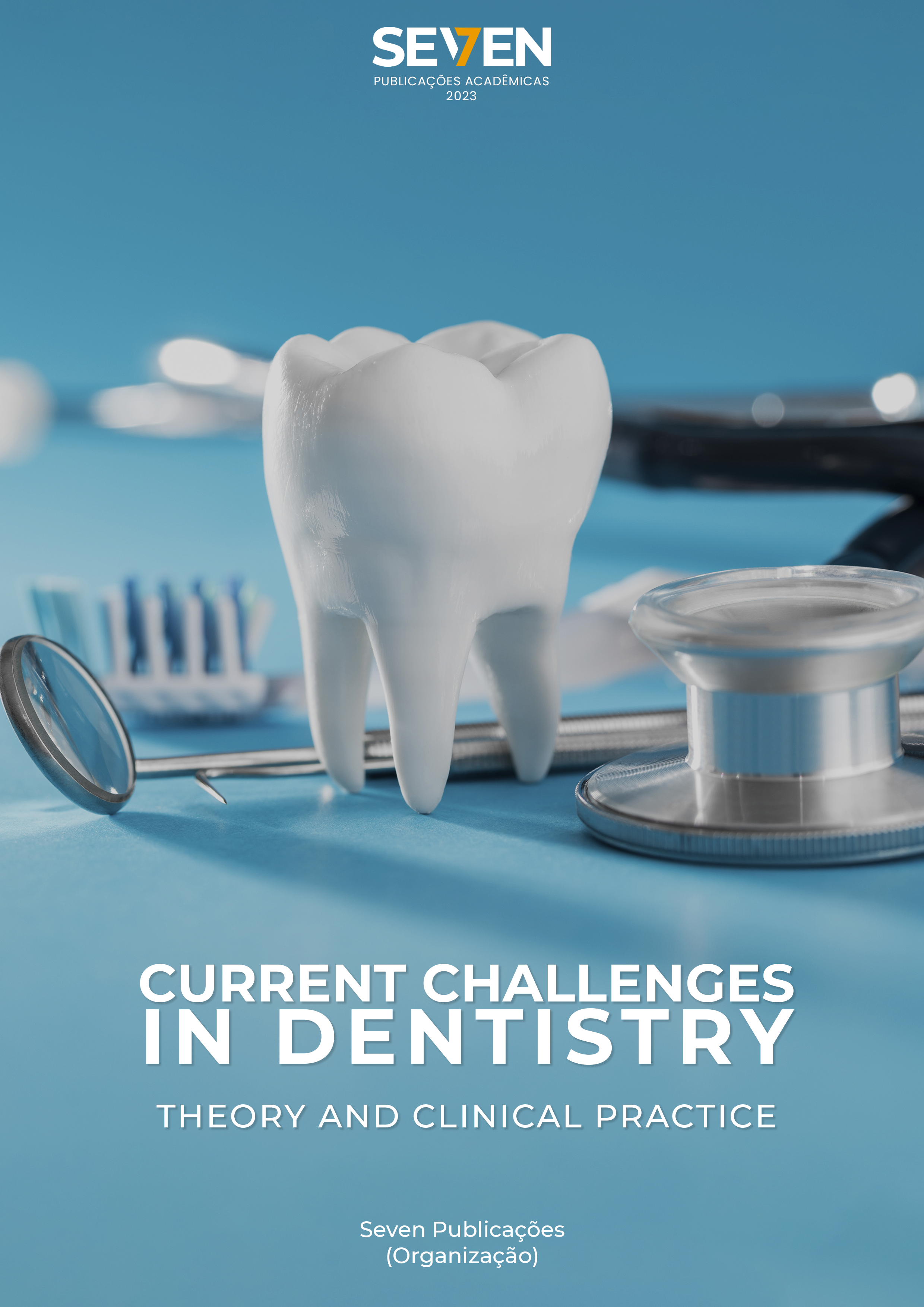Simulating non-carious cervical lesions by chemical and mechanical alteration on dentin: Bond strength of universal adhesive systems
Keywords:
Dental materials, Tooth abrasion, Tooth erosion, Tensile strengthAbstract
Introduction: Non-carious cervical lesions (NCCL) is a very common dental pathology frequently demanding resin composite restoration.
Objective: This in vitro study had the objective to test the effect of altered dentin substrate by erosion and erosion/abrasion comparing it to sound dentin on the microtensile bond strength (µTBS) of All-Bond Universal (ABU) and Scotchbond Universal (SBU).
Materials and methods: Seventy-two teeth were randomly divided in twelve experimental groups according to the adhesive system – ABU and SBU; approaching – self-etch (SE) and Etch-and-rinse (ER); and dentin condition – sound (S), eroded (E) and eroded/abraded (EA) dentin. The teeth/restorations were reduced to sticks and the µTBS was performed after 24 hours and 12 months of storage in water at 37°C.
Results: Fractured specimens were analyzed under stereomicroscope to determine the failure patterns in adhesive/mixed or cohesive. µTBS data was analyzed through three-way ANOVA and Tukey’s test (α=5%). It was demonstrated that the adhesive system and the substrate influenced on the results (p=0.00), but aging did not (p=0.81). Regardless of time, SBU SE performed higher values of bond strength on E than the EA and S.
Conclusion: EA dentin simulating NCCL did not impair the bond strength and presented similar behavior to sound dentin.
Downloads
Published
Issue
Section
License
Copyright (c) 2023 Danielle Zorzo Righes, Micéli Beck Guimarães Blaya, Alexandre Weber, Victor de Mello Pala, Rômulo Viero Machado, Alexandre Henrique Susin

This work is licensed under a Creative Commons Attribution-NonCommercial 4.0 International License.





